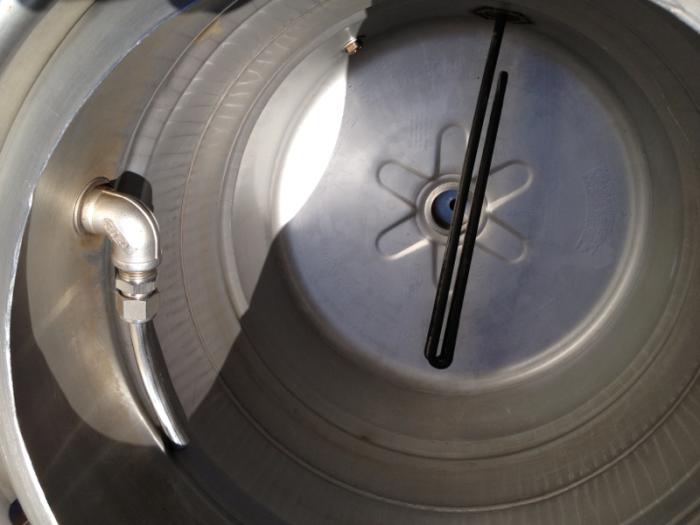My build like so many was inspired by Kal’s work and made a reality with P-J’s help along with countless others who shared and posted on this site, thank you.
Since there is an abundance of fantastic build threads, I won't go into detail and just share some pics.

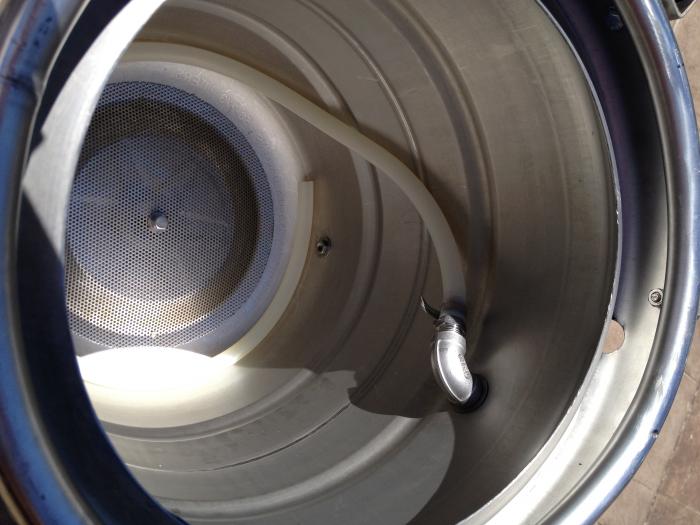
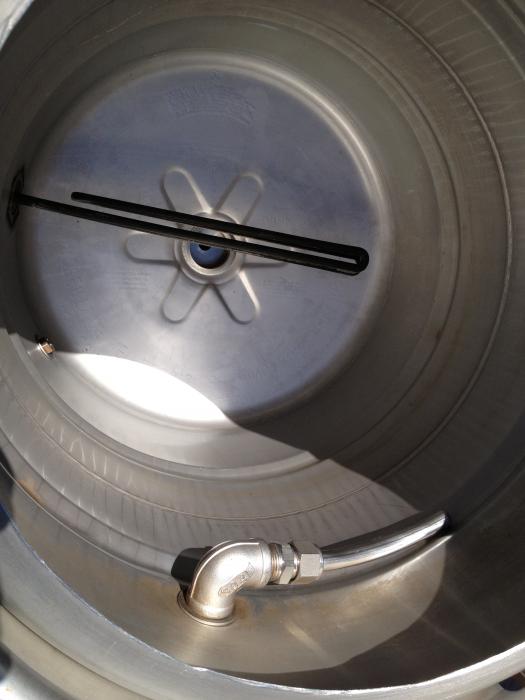
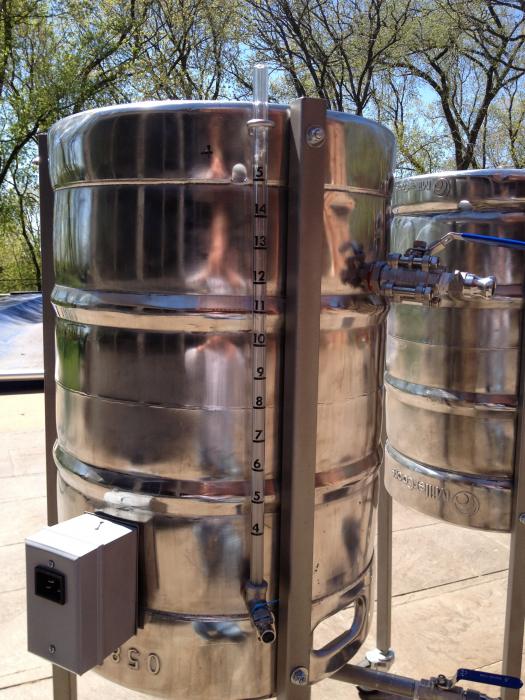
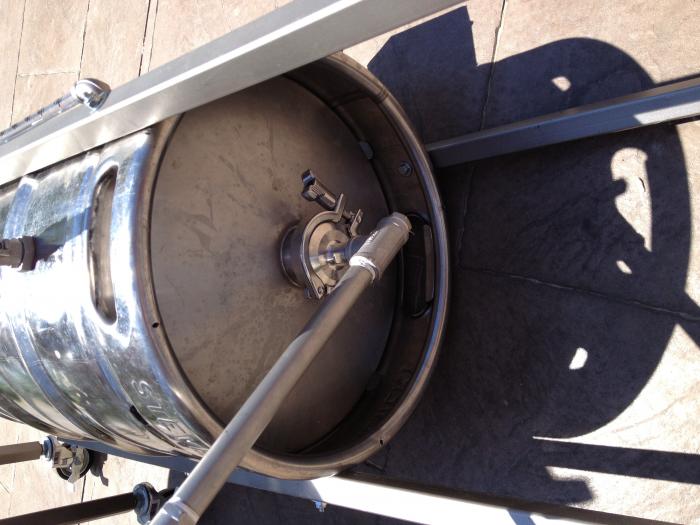
Since there is an abundance of fantastic build threads, I won't go into detail and just share some pics.












